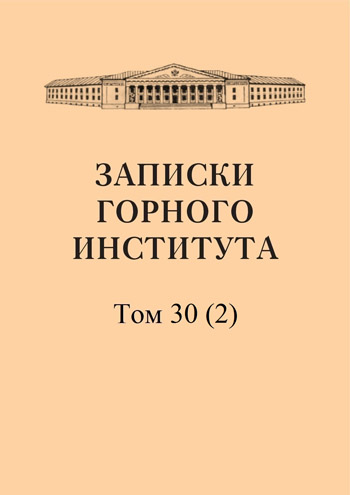Principles of selecting contrasting crosshatching symbols for geological maps
Abstract
When drawing detailed geological maps with a hatched and, moreover, complex legend, difficulty usually arises in selecting symbols that ensure a sharp separation of individual geological horizons. Often, even in important publications, one can encounter unsuccessful so-called "blind maps". This reduces the quality of the book's design and interferes with the clear perception of the illustrations. The selection of the most successful symbols to a certain extent always remains a matter of art and experience for map compilers and draftsmen. But in this matter, knowledge of some basic, simple provisions that allow one to avoid at least elementary errors when drawing maps can also help. This article outlines a number of general principles for combining symbols that should not be overlooked in the interests of the greatest clarity of maps. Hatched symbols can be arranged in a row with increasing or decreasing density of dark coloring. For this, it is advisable to use a combination of two, three or four of the above-mentioned methods of contrasting - differences in thickness, distance and direction between lines (or icons). The greatest effect is achieved by using all four differences, in particular the proximity of black and white. These differences must be combined so that each new addition to a given designation acts in one direction. The use of dotted lines and figured signs is subject to the same laws, i.e. they must also combine differences in direction, distance, and thickness or boldness of the signs.
